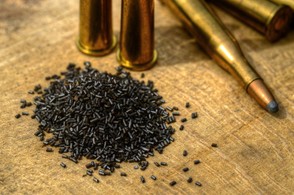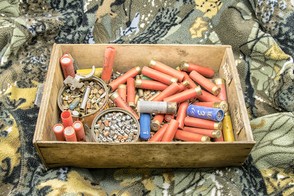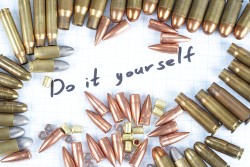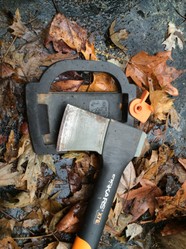With the cost of ammo continually on the rise, and the availability not always certain, learning to reload your own cartridges can be a fun, productive and money-saving hobby. Here are the basic steps required to reload your own rifle ammunition at home:
Cleaning Cartridge Casings
Places all your brass in a case tumbler for the time stated in the instructions. Actually time will vary depending on the condition of the casings and the cleaning media used. Carefully inspect the brass after tumbling to be sure it is clean and free of burrs. Wipe cases clean and inspect each case individually for cracks or bulges and set any defective cases aside for recycling. Clean the inside of each case with a case-neck brush.





 10 Things You Need To Have Clean and Spotless Clotheson 10/28/2021
10 Things You Need To Have Clean and Spotless Clotheson 10/28/2021
 10 Business Ideas For Newbies That Will Thriveon 10/27/2021
10 Business Ideas For Newbies That Will Thriveon 10/27/2021


Comments